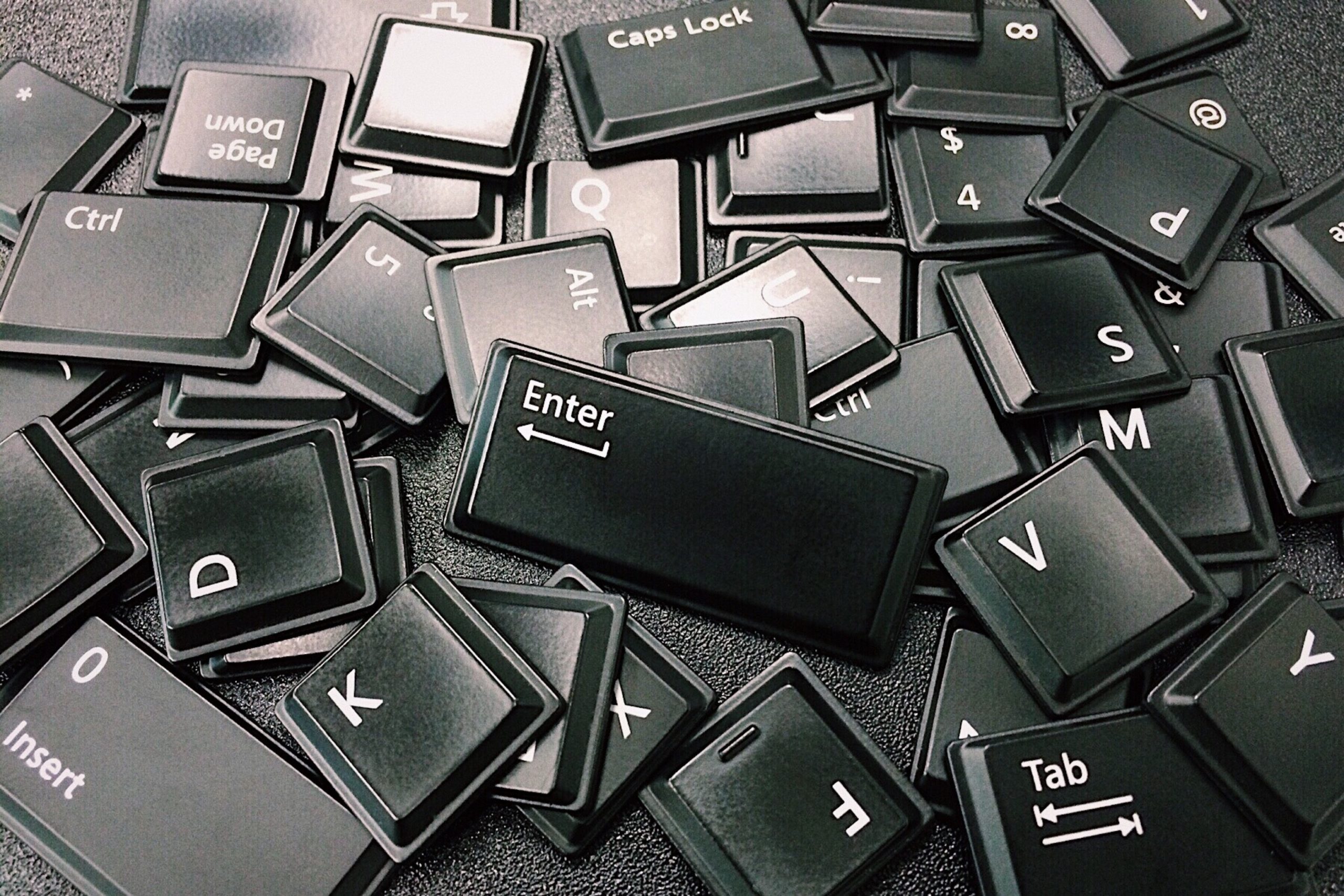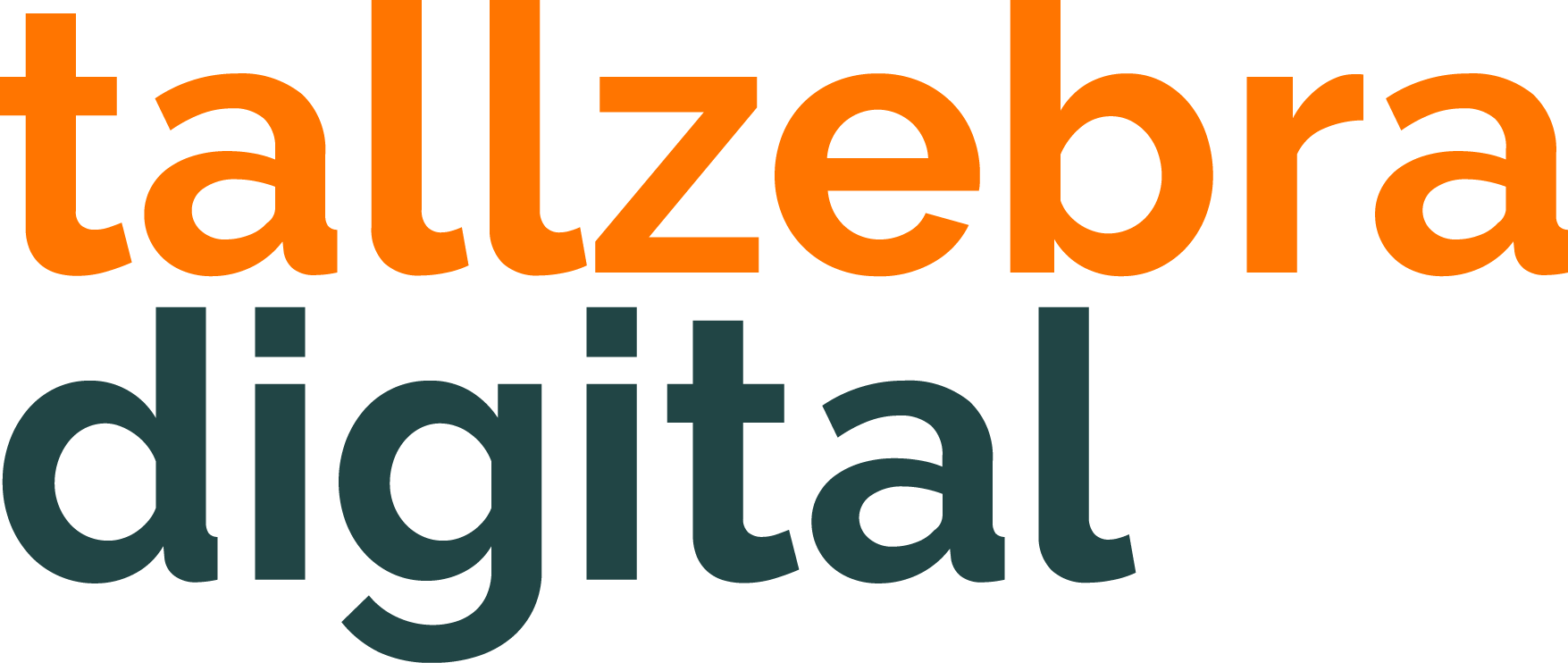
Web design jargon can be confusing for non-designers, which is why we have decided to make things simple with an A-Z of web design buzzwords to help you on your website journey.
A
API
API refers to how computers or applications communicate with one another. API’s sit between an app and a web server to process data transfer between systems.
Accessibility
The practice of making your website as usable to as many people as possible, includes making sites responsive, and loadable on slow network connections, including alt text and images for those who are hard of hearing, captions on videos, ensuring effective use of colour etc.
A records
An A record maps a domain to the physical IP address of the computer hosting that domain. Internet traffic uses the A record to find the computer hosting your domain’s DNS settings.
B
Browser
A browser is an application programme that allows users to view and interact with information on the world wide web, including web pages, images, and videos.
C
CMS
Content management system computer software or app that uses a database to manage content, a CMS can be used when developing a website.
The most popular CMS’s are wordpress, Joomla, Drupal. We use WordPress for the majority of our projects, see our work here!
CSS
CSS refers to a stylesheet language used to code the look of a document written in HTMOL or XML. It describes how elements should look on screen.
CDN
Refers to a network of servers that distributes content from one server throughout the world by caching content close to where an end user is accessing the internet. The content request is stored on the original server and then replicated and stored where it is needed.
Cache
A cache is a piece of hardware or software that stores data so that future requests for data can be served faster.
Cookies
A cookie is a small file of letters and numbers that is downloaded onto your computer when you visit a website. Cookies are used by many websites and can do several things, e.g., remembering your preferences, recording what you have put in your shopping basket, and counting the number of people looking at a website.
D
Domain
A domain is simply the name of a website or email provider.
DNS
The Domain Name Server (DNS) translates human-readable domain names (for example, www.tallzebradesigns.co.uk) to machine-readable IP addresses.
E
Elastic
Elastic design refers to a web design style mixing static and fluid designs. The style can be super user-friendly and responsive.
F
Full Stack
This refers to the whole depth of a computer system application, Full stack developers work on two web development domains: the front end, and the back end.
Favicon
The icon or logo highlighted in a browser tab.
FTP
The File Transfer Protocol is a standard communication protocol used for the transfer of computer files from a server to a client on a computer network. It’s a way to download, upload and transfer files from one location to another.
G
Graphic Design
The craft in which professionals create content to communicate messages. In web design this is done by applying a visual hierarchy and page layout techniques.
H
HTML
Hyper Text Markup Language is the standard language used for documents designed to be displayed within a web browser – it is assisted by scripting and styling languages (CSS and JavaScript).
Hamburger
The hamburger icon – not the food – is named for its resemblance to the food! The button typically is placed in the corner of a site or application to toggle a menu or navigation bar.
I
Inline style
Inline styles are applied to a specific element within the webpage’s body section. The style will be applied to that individual element only rather than to the entire page
J
JavaScript
JavaScript (JS) is one of the core technologies of the world wide web, it is used to: create dynamically updating content, control multimedia, animate images and loads more.
K
Keywords
Keywords are search queries or words that are used to index and sort web content. SEO (Search Engine Optimisation) can be boosted organically by using Keywords.
L
Layout
Refers to how content is displayed and organized on your website.
Liquid design
In liquid or fluid web design, the widths of page elements are set proportional to the width of the screen or browser window. A fluid website expands, or contracts based on the width of the current view, it helps make websites more usable across device types with varying screen dimensions.

M
Metadata
Simply put, data describes data. For example, author, date created, date modified, and file size are examples of basic document file metadata.
MX records
A mail exchanger record (MX record) specifies the mail server responsible for accepting email messages on behalf of a domain name.
N
Nav
A navigation bar (or navigation system) is a section of a graphical user interface intended to aid visitors in accessing information. Navigation bars are implemented in operating systems, file browsers, web browsers, apps, web sites and other similar user interfaces.
O
Optimisation
Optimisation refers to the action of making the best of a situation or resource. When referring to a website, it can be optimised in terms of SEO, Readability, Design, and UX.
P
Parallax
This refers to a website trend whereby the content in the background, such as an image, is moved at a different speed to the foreground content when a user scrolls.
PPC
Pay Per Click Marketing is the use of internet adverts that involves paying a fee each time their ad is clicked. It is a fast and effective way to get results, and PCC ads are also usually cost-effective.
Prototype
In web design, prototypes are usually static or partially interactive website demos in the project’s initial stages. They are used to gather opinions from stakeholders and end users.
Plugin
A plugin can be described as a software component that adds a feature to an existing computer programme, there are plugins of all types including video, audio, and other software to enhance the functionality of the existing programme.
PHP
PHP is a general-purpose scripting language for web development and a powerful tool for making dynamic and interactive Web pages.
Python
Python is a high-level, general-purpose programming language. Emphasising code readability with the use of significant indentation. It can be used on a server to create web-based applications.
Q
Quality
Quality content is important to attract and engage the right audience to your website, urging them to act by sharing content and eventually purchasing from your business.
R
Responsive
RWD – or Responsive Web Design is a development approach that incorporates dynamic changes to a website’s appearance dependent on screen size and orientation of the viewing device.
S
SEO
Search engine optimisation refers to the optimisation of content to gain higher rankings within search engines such as google.
Slider
A slider is a term that refers to a slideshow on a website. E.g., a revolving carousel that displays products or photos.
Sticky
A sticky website is simply a site that users want to stick around on, websites with real stickiness answer all users’ questions and help them solve their problems.
Subdomain
A subdomain name is a piece of additional information added to the beginning of a website’s domain name.
SQL
A standard programming language for storing, manipulating and retrieving data in databases like MySQL.
Sass
Sass stands for Syntactically Awesome Style Sheet. It’s an extension to CSS that reduces the repetition of CSS and saves time.
SSL
Secure Sockets Layer is a standard security technology to encrypt links between servers and clients, typically websites or mail servers (e.g. outlook).
T
Tag
A Tag is a small piece of code inserted into a page’s source code; it is an element included on each web page to be measured.
Typography
This refers to the style and appearance of wording, this can be different fonts or typefaces, size and line feed.
U
UI
User interface – this is the point of human and computer interaction and communication on a device, e.g., display screen, or the way through which a user interacts with an application or a website.
UX
Refers to User Experience and relates to all aspects of an end user’s interaction with a company.
User Journey
A user journey is a path a user may take to reach their goal when using a particular website. User journeys are used to design websites and identify diverse ways in which users can achieve their end goal as easily and quickly as possible.
V
Validity
A website’s validity is indicated by the reliability of the information sources and developers and the expertise of information reviewers.
Visitors
This term describes an internet user who comes to your website or mobile site.
W
Widget
A widget is an application or interface component that allows a user to perform a function or access a service.
Web standards
Web standards are the technologies used to build websites. The standards exist as long technical documents called specifications.
X
XML
Extensible Markup Language is a text-based format to represent structured information, such as documents, data, books, transactions, invoices and loads more.
Y
Yosemite
Sometimes used as a codename for Mac OS X 10.10
Z
Z-index
The Z index is a CSS property that defines the order of HTML elements that overlap. The higher an element’s Z index, the closer the element will appear to the user.
So, there you have it, an A-Z of web design buzzwords you may have been unsure about!
For help with your web design needs, contact us today!




